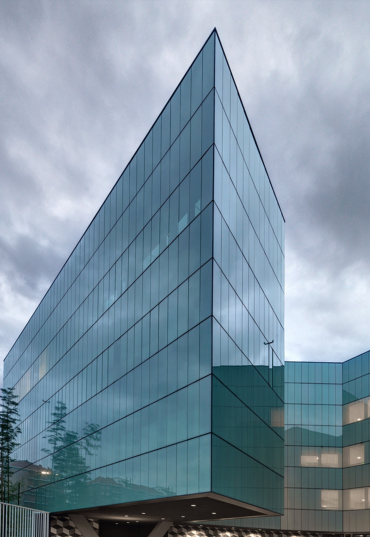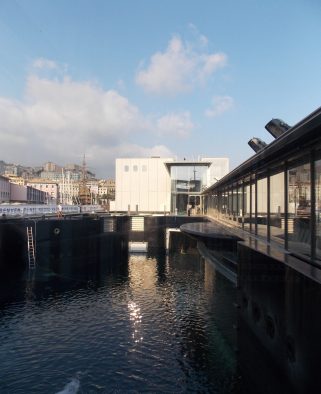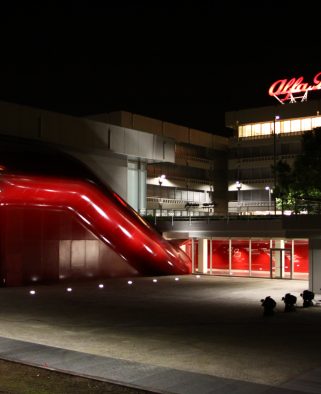The group works on the development of architectural projects and collaborates with a number of professional studios, assisting them with their product engineering. It has worked on projects with some of the most important names in architecture, such as Mario Botta, Norman Foster, Renzo Piano, GaeAulenti, AIA Architects, AymericZublena, Richard Meyer, Dante O.Benini, Mario Cucinella and Daniel Libeskind.
The sectors in which it has intervened the most are:
- Business(offices, data processing centres)
- Health (hospitals, care homes)
- Commercial activities (shopping centres, showrooms, shops, motor villages)
- Entertainment (multiplexes, theatres, congress centres)
- Sports grounds and facilities (sports halls, outdoor sports grounds)
- Hospitality and catering (hotels, restaurants)
- Education (nurseries, elementary schools, secondary schools, university campuses)
- Cultureand information (libraries, museums)
- Worship (Catholic churches)
- Residences, villas, chalets
- Mobility (railways, metro stations,bus stations, carparks, garages)
- Logistics and goods transport
- Local, urban and landscape-environmental planning
- Urban and local transformation projects
- Local hydrology
- Environmental impact assessment
- Landscape reports




